Sanity Checking Diff Eq Solution Using Numerical Integration
Here is a rather complicated looking differential equation.
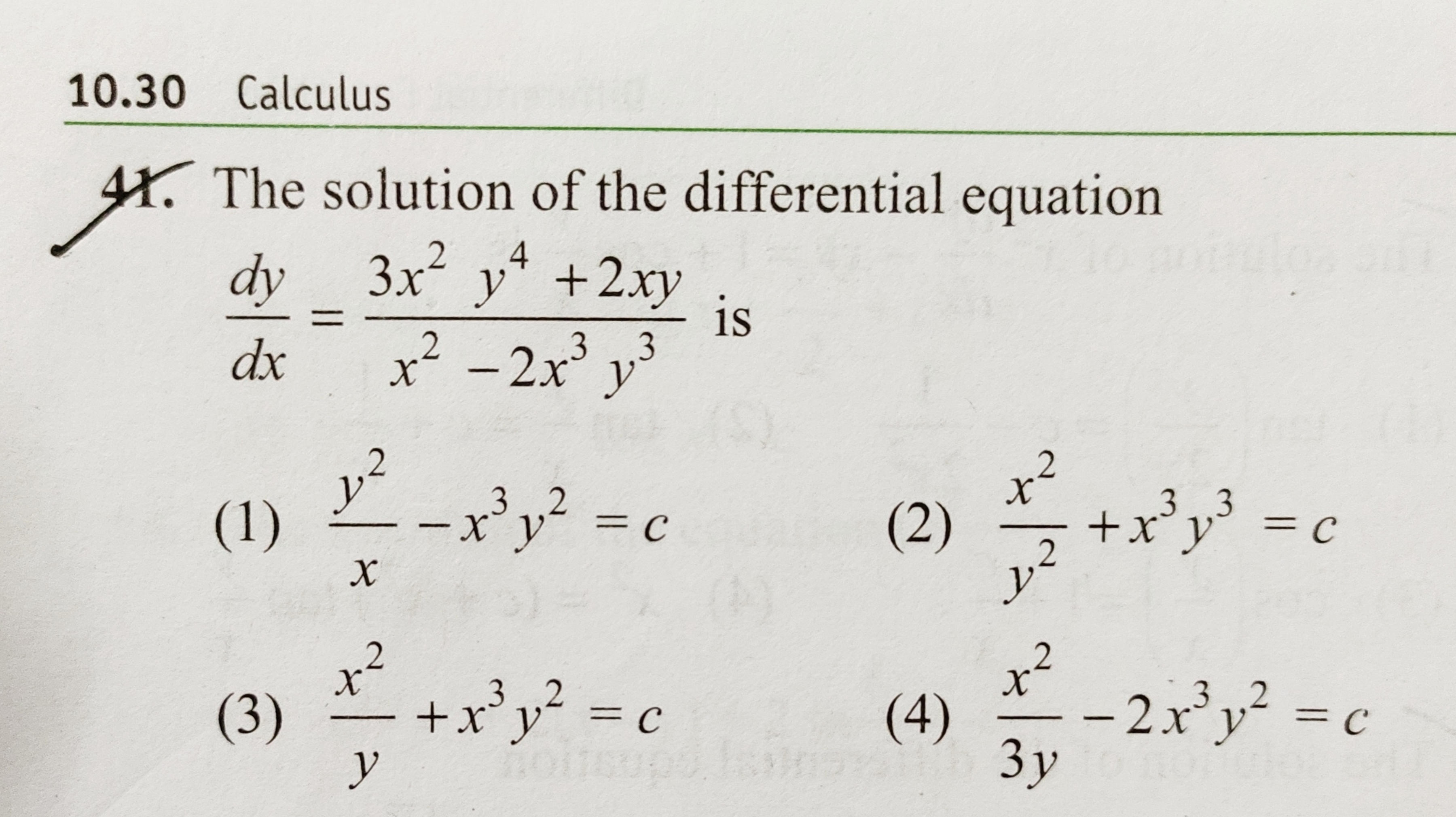
The code below solves the diff eq numerically using explicit Euler integration, and plots and , as well as the left sides of the four answer choices. It is clear from the graphs that option is the correct answer, since it is the only one which plots as a constant. Also, using implicit differentiation on the third answer choice confirms that it is correct.
I also want to note that this differential equation seems to be rather badly behaved from a numerical perspective, so caution is advised when simulating it.
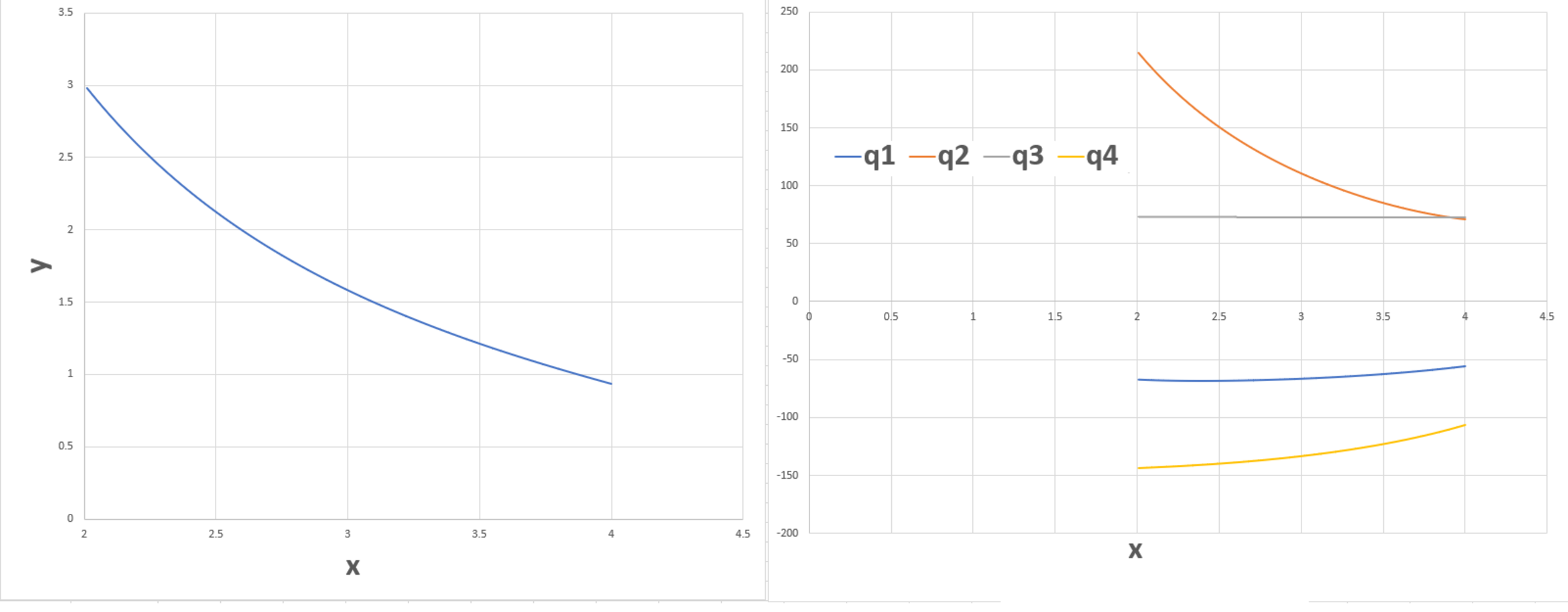
1 2 3 4 5 6 7 8 9 10 11 12 13 14 15 16 17 18 19 20 21 22 23 24 25 26 27 28 29 30 31 32 33 34 | |
Easy Math Editor
This discussion board is a place to discuss our Daily Challenges and the math and science related to those challenges. Explanations are more than just a solution — they should explain the steps and thinking strategies that you used to obtain the solution. Comments should further the discussion of math and science.
When posting on Brilliant:
*italics*or_italics_**bold**or__bold__paragraph 1
paragraph 2
[example link](https://brilliant.org)> This is a quote# I indented these lines # 4 spaces, and now they show # up as a code block. print "hello world"\(...\)or\[...\]to ensure proper formatting.2 \times 32^{34}a_{i-1}\frac{2}{3}\sqrt{2}\sum_{i=1}^3\sin \theta\boxed{123}Comments
@Steven Chase
Hi Neeraj Anand Badgujar came to me for some help with numerically computing a really complicated integral for his new problem or something. The image is posted in the newest note I have made. I have created and compiled a piece of code, and I think the integral is divergent. Thanks and cheers.
@Steven Chase Thanks.
Suppose if I didn't give you options then how you will find that expression of answer.
Thanks in advance.
Hope I am not disturbing you.
Log in to reply
Numerical techniques don't do that for you
Log in to reply
@Steven Chase I am giving one more problem.
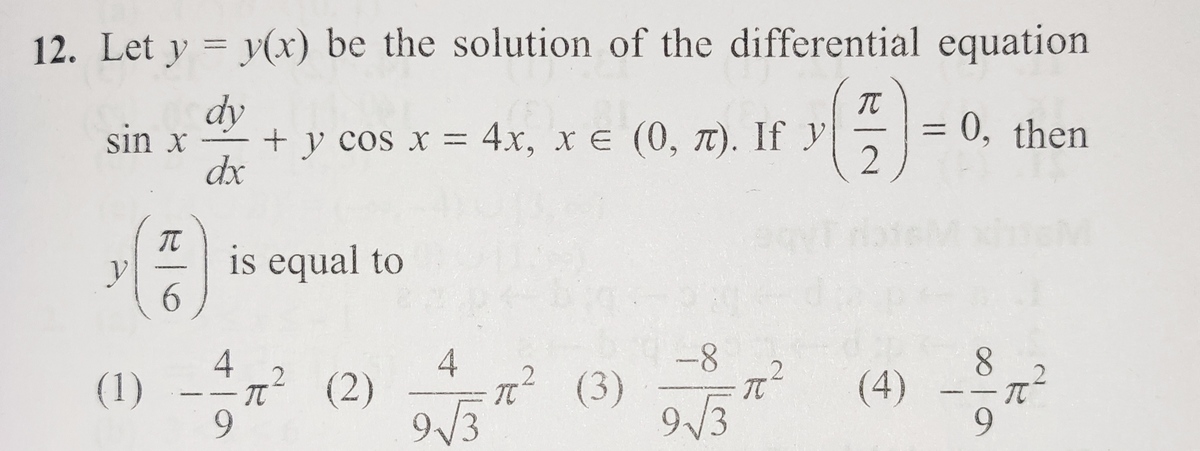 Thanks in advance.
Hope I am not disturbing you.
Thanks in advance.
Hope I am not disturbing you.
Log in to reply
Here it is. The answer is the fourth option:
Log in to reply
@Steven Chase Yes you answer is correct. Thanks.
By the way check my solution for your new problem.
By the way I want to ask 3-4 small questions on electrostatics?
Aree you free now??
Log in to reply
Yeah, I saw your solution. Nice job. I'm going to bed now, but I'll be back tomorrow
Lol the funny thing is that US and India are on opposite sides of the globe, so you'll only get to talk to Steven Chase when he's going to bed. Lmao🤣
Log in to reply
@Krishna Karthik Day and Night are same for me.
I can easily spend my whole night discussing physics with him.
I can do anything for studying physics.
@Krishna Karthik I generally talk with him in night only, so it will be morning in USA.
Log in to reply
Ha yea, that's funny. Anyway, what's even funnier is that I'm going to bed now as well🤣 So good bye, have a great time.👍🏽
@Steven Chase Hello.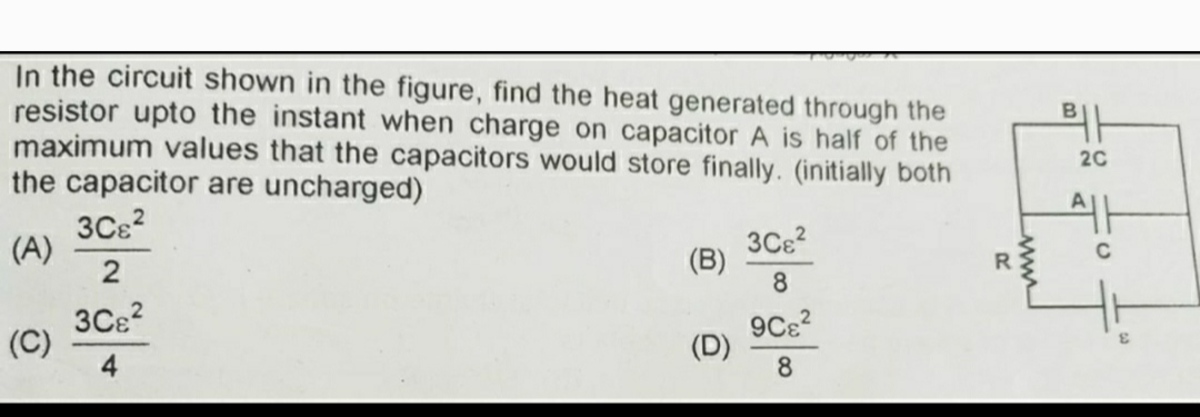
Can you help me in the above problem
Thanks in advance. Hope I am not disturbing you.
Log in to reply
I think this is just a complicated way of asking for the energy dissipated in the resistor over all time. This is because the voltages across the two capacitors are the same, so the charge on capacitor A is always half that of capacitor B. The current through the resistor is (let the source voltage be V):
I=RVe−t/(3RC)
Then integrating I2R over all time results in 23V2C
Log in to reply
@Steven Chase Thanks. I am facing difficulty in RC and RL circuits.
I didn't have questions of these topics also.
Can you post some questions
@Steven Chase Hello.
I am making a problem to dedicate it to you, but not able to solve.
Will you help me??
Log in to reply
Sure, I can take a look. Probably not until this evening though
@Steven Chase Hey, have you tried using Runge-Kutta 4th order by any chance?
When I get home from school, I might try running this on my RK engine. I'm on my Mac Craptop at the moment; will try running it on my gaming PC later on. Nice job!😄Cool stuff.
Log in to reply
Indeed, I have used RK4. The interesting part is that a higher order method doesn't necessarily guarantee numerical stability. That depends more on the time step, as well as whether the method is implicit or explicit.
Log in to reply
@Steven Chase Yes, very true. The only think RK4 would guarantee is a better result at the same timestep. That's some nice code :)
@Steven Chase I think it is evening now. here is the problem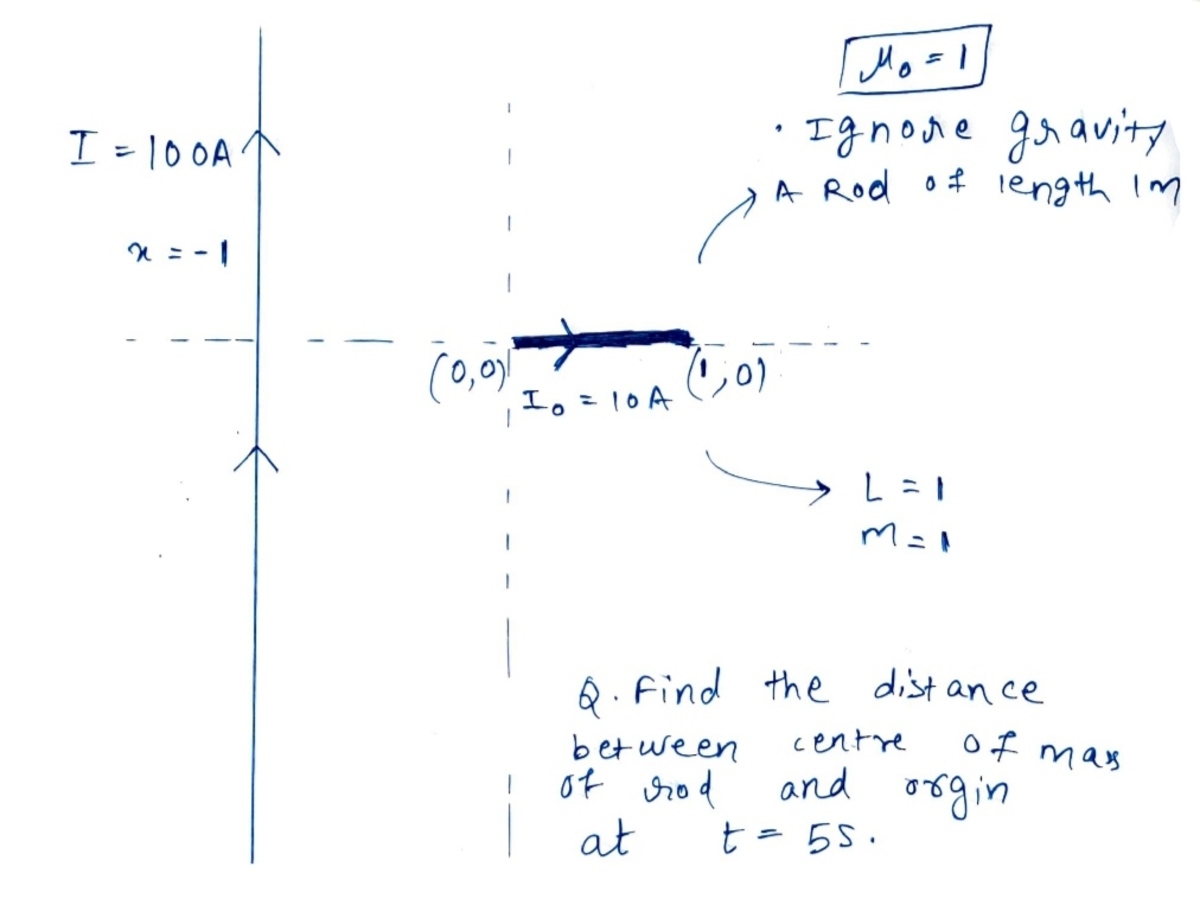
Find the displacement between the centre of mass of rod and origin at t=5 .
Log in to reply
How can there be current in that wire segment? It is not a closed loop
Log in to reply
@Steven Chase it is a current carrying conductor .
@Steven Chase Just imagine that a battery is applied between the ends of rods and due to that I0=10 current is flowing.
Now, if you see carefully, then unbalanced toque will be applied by magnetic force. Interesting!
@Steven Chase sir what is the meaning of into the source?
You have posted similar question like this one before also., but in that the people who are uploading solutions, they JUST say I have taken numerical route
They should have to elaborate or post a python code in that problem.
By saying numerical route doesn't mean that your solution is ideal and well-completed.
This above line are my views and my opinion.
Please don't take in wrong way.
Can you post a numerical whole solution of this problem
Thanks in advance.
Hope I am not disturbing you.
Log in to reply
I have uploaded the solution
@Steven Chase can you post a similar one more problem, like you posted yesterday? Please
BTW how are you?
@Steven Chase Hello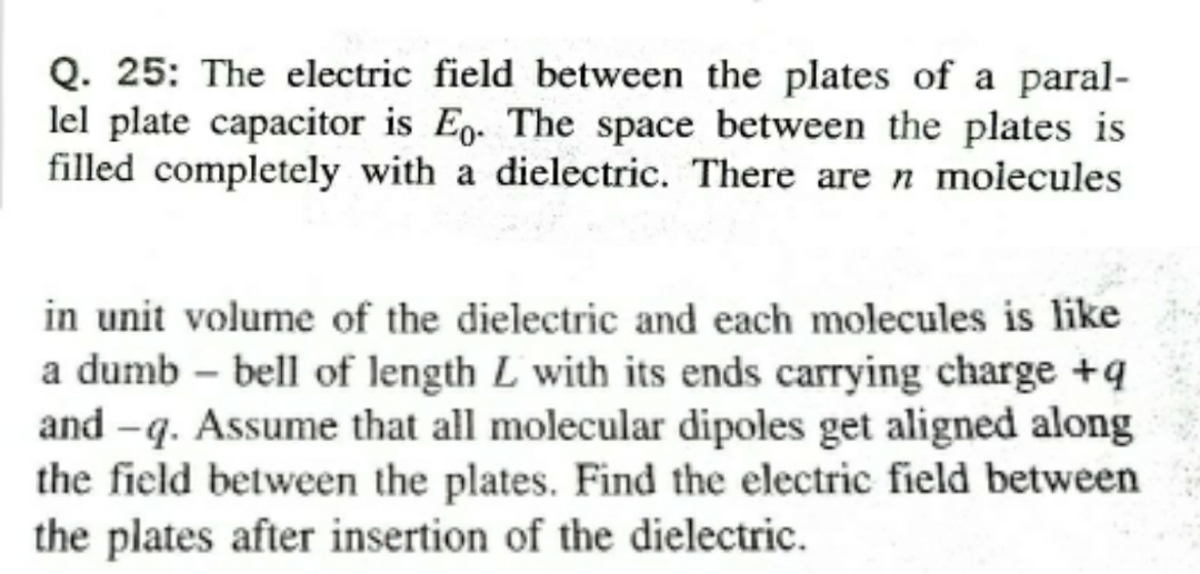
Can you help me in this problem?
Thanks in advance. Hope I am not disturbing you.
Log in to reply
Hello. I found this one online
https://doubtnut.com/question-answer-physics/the-electric-field-between-the-plates-of-a-parallel-plate-capacitor-is-e0-the-space-between-the-plat-15086045
Log in to reply
@Steven Chase Hello.
I also go to there before asking you, and in that video I didn't understand the step 2:26.??
At that step he writes that Qinduced=dNetdipolemoment
How did he write this , I didn't able to understand??
Log in to reply
That seems consistent with the elementary definition given here
https://en.wikipedia.org/wiki/Electricdipolemoment
@Steven Chase are you free now? I want to ask some doubts?
Log in to reply
You can post them. I'm not really free, but I'm checking Brilliant periodically throughout the day
Log in to reply
@Steven Chase I have posted a problem right now.
@Steven Chase Hello.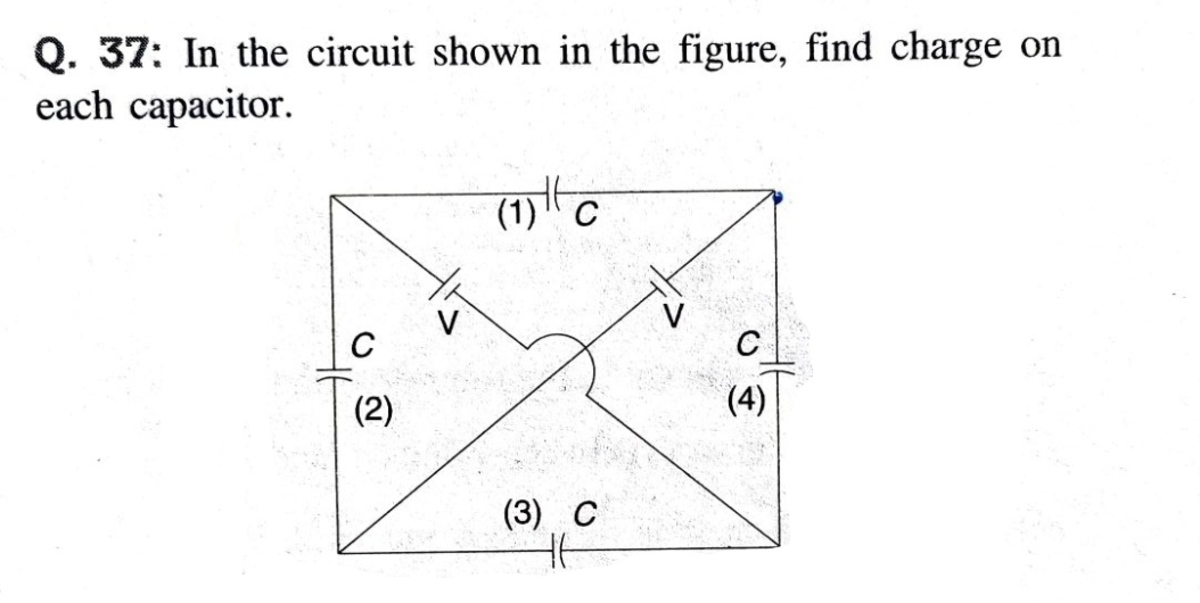
I have also searched for online solution but no one explains a good way.
Thanks in advance.
Hope I am not disturbing you.
Log in to reply
Are you sure this is uniquely solvable?
Log in to reply
@Steven Chase what do you mean sir? I didn't able to understand.
Log in to reply
Is there only one set of capacitor voltages that works, or are there many?
Log in to reply
@Steven Chase again I didn't able to understand. Sorry
Log in to reply
It looks to me like there are many sets of capacitor voltages that satisfy the circuit constraints
Log in to reply
@Steven Chase Yeah! When I was seeing online solution they were removing the upper and bottom capacitor.
So, that is what I think you also want to say. By the way, in my opinion why they are removing this capacitor, in online solutions they just remove it in in a careless way without giving a good explanation.
Log in to reply
So do they give a definite answer?
Log in to reply
@Steven Chase yeah they give me definite answer at the last, but they doesn't discuss that how they removes this 2 capacitor in a good explanatory way.
Log in to reply
What capacitor voltages do they give?
Log in to reply
@Steven Chase how did they removed this 2 capacitors, this is the only thing which I want to ask.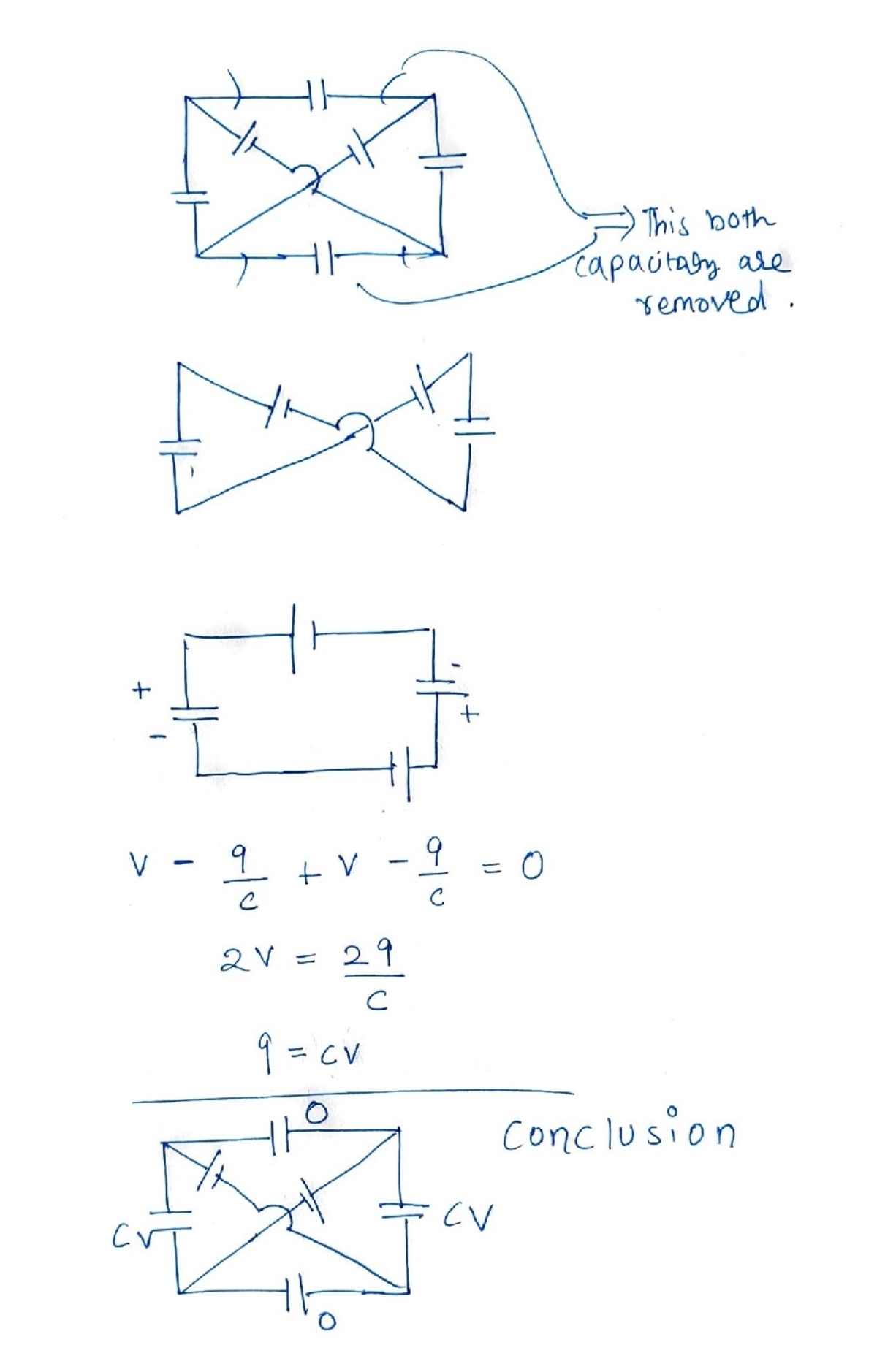
Log in to reply
That is indeed one possible solution. But it is not the only possible solution. So the question is not formulated properly
Log in to reply
@Steven Chase Yeah! And I am expecting a perfect solution from you.
And give me some advice that how the question should be formulated.
Note:This questions in India are of JEE level and you are a man of high level who have studied things in university level, according to my teacher this questions is perfectly formulated.
Therefore it is obvious you will feel some question not properly demonstrated. It is ok. No problem.
Log in to reply
I will post a note on it
Log in to reply
@Steven Chase But when?
And please don't forget to write my name in this way.
This question was asked by Neeraj recently.
Bye